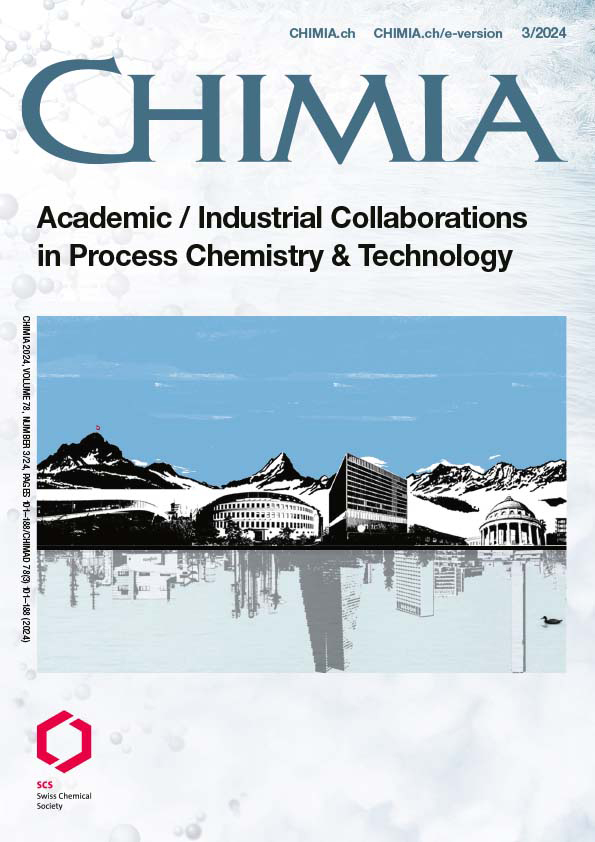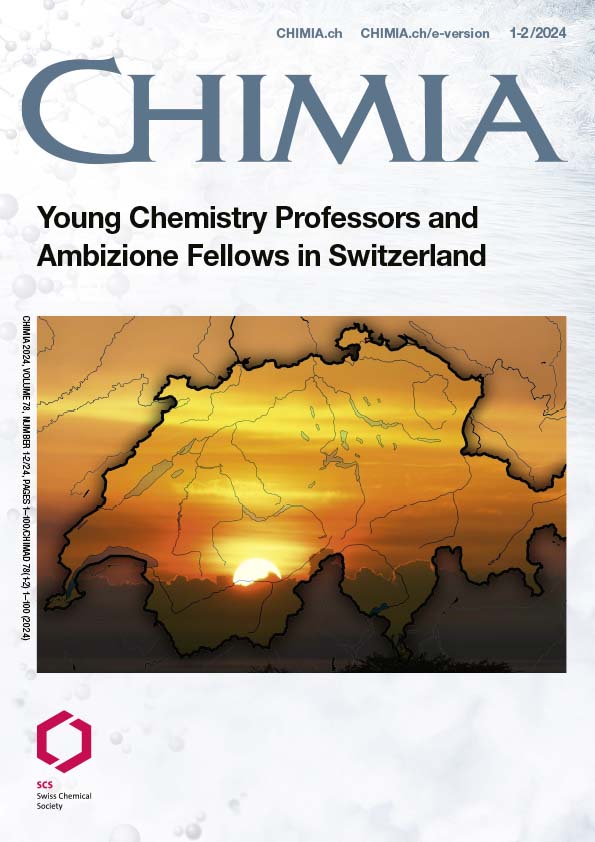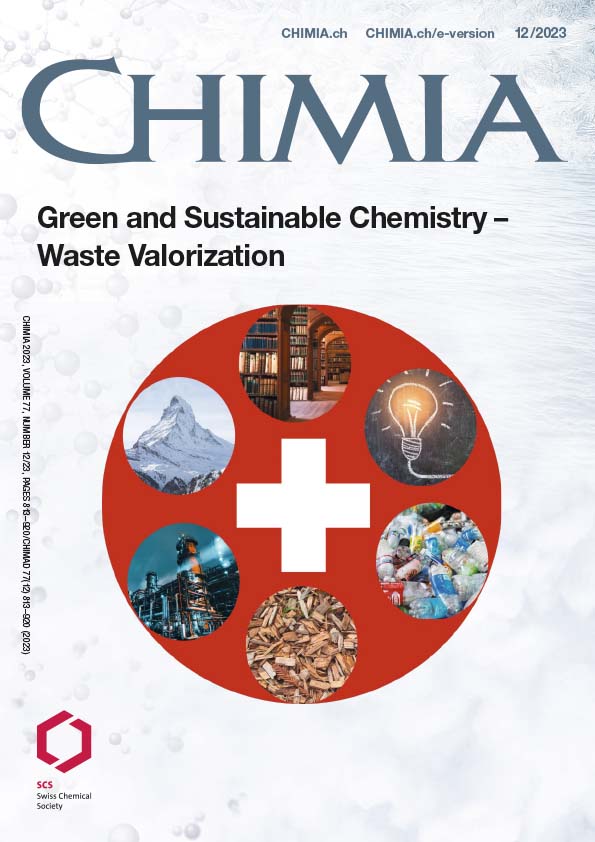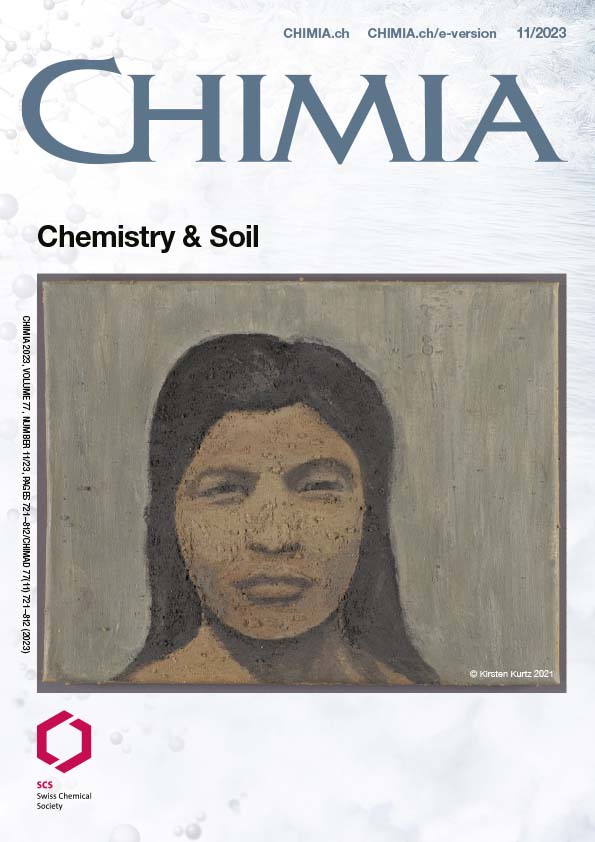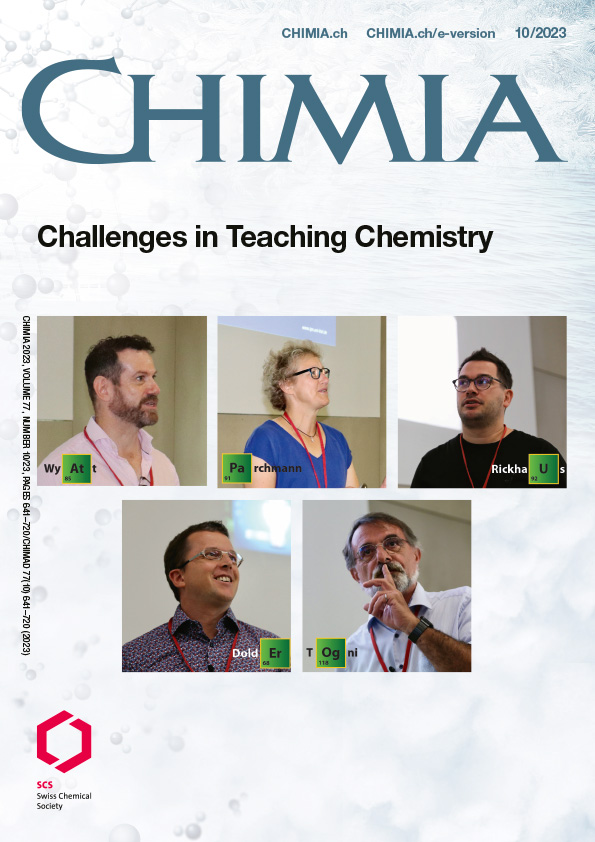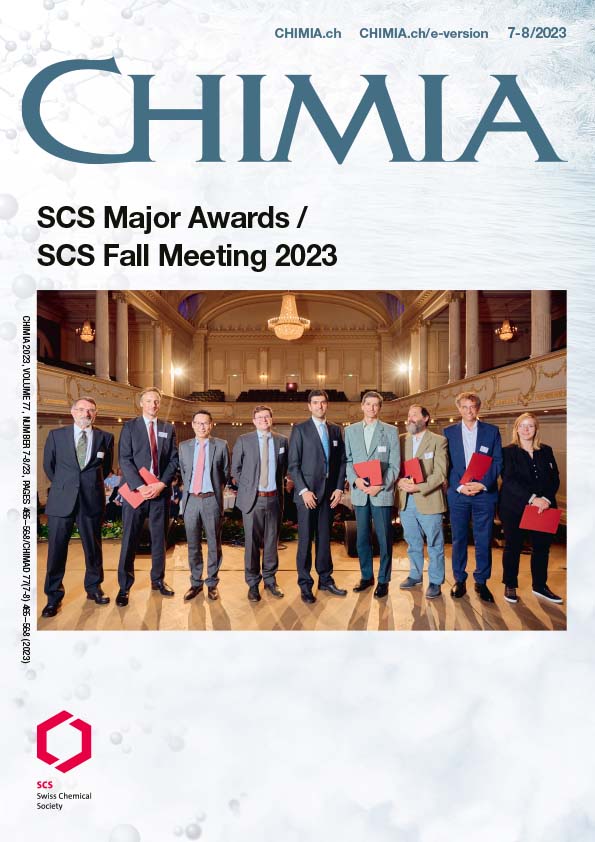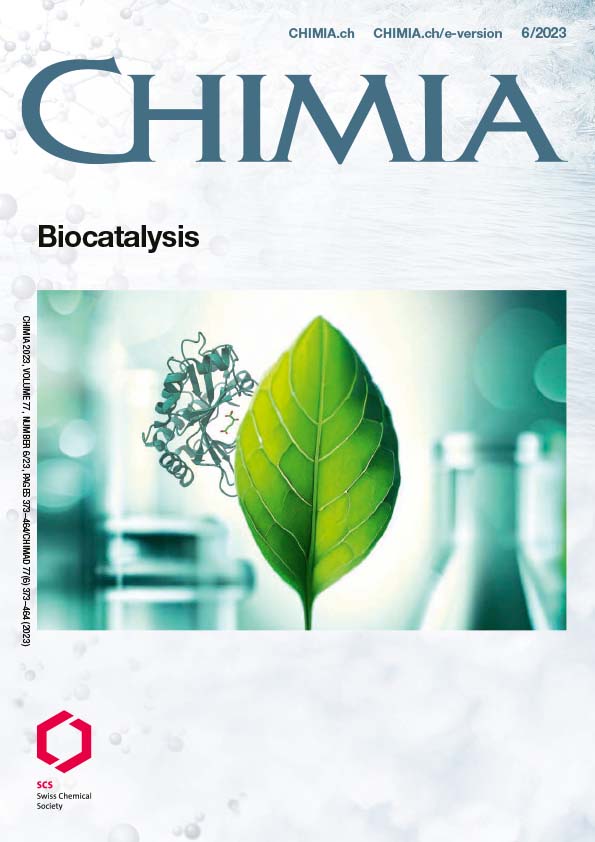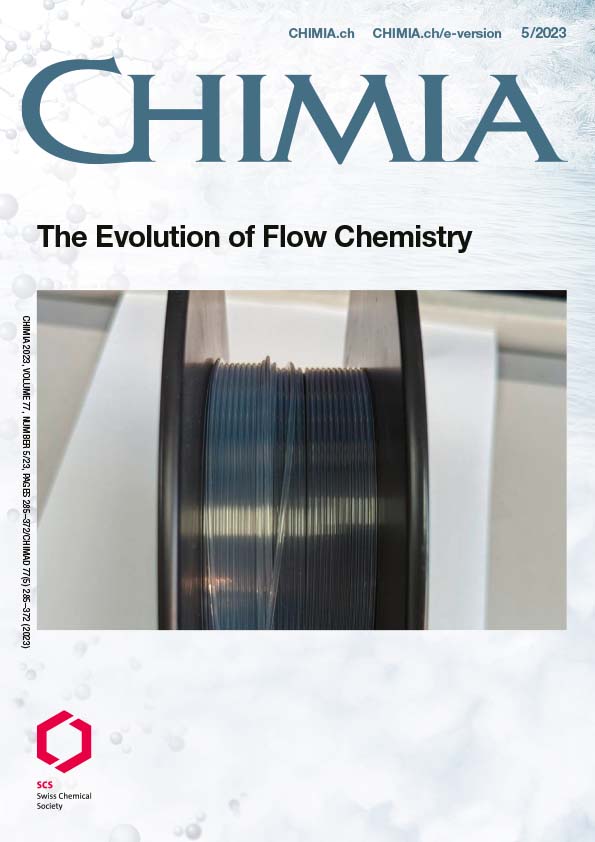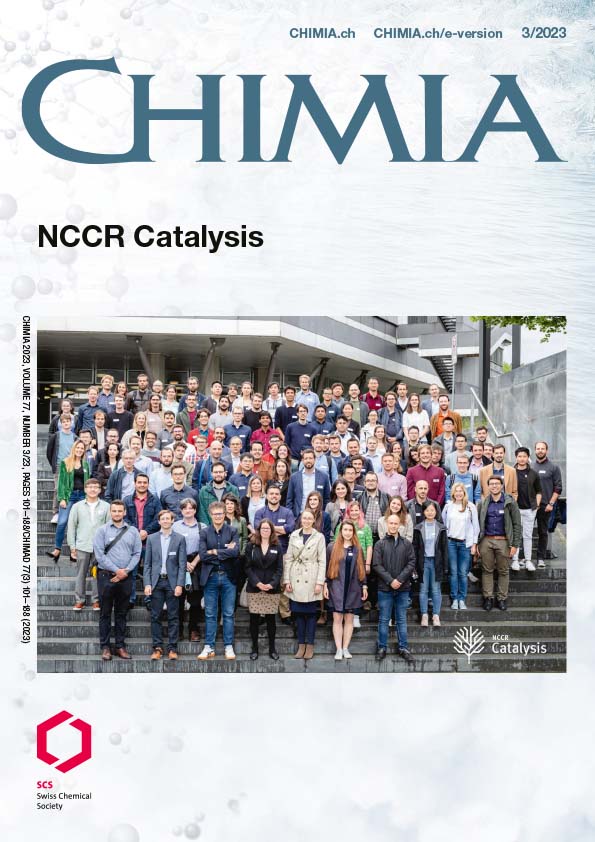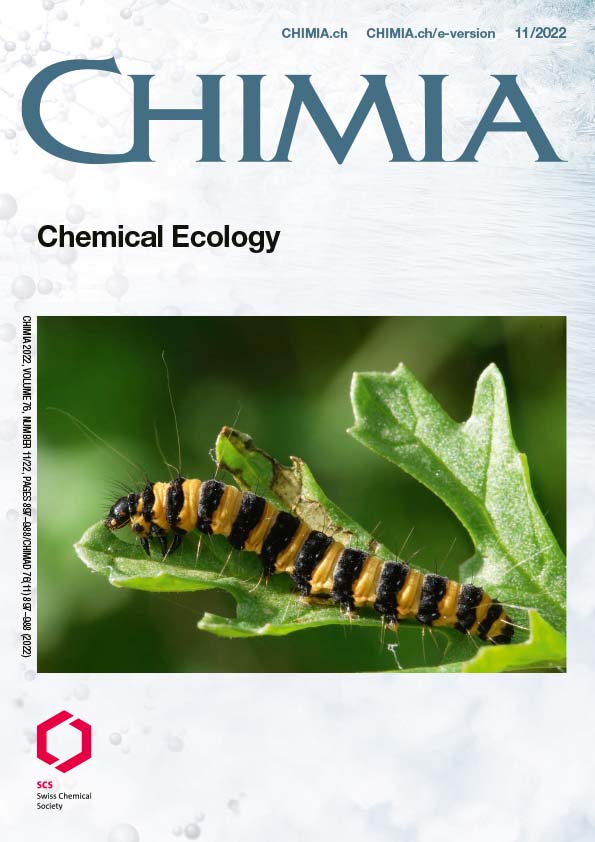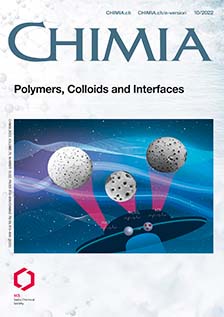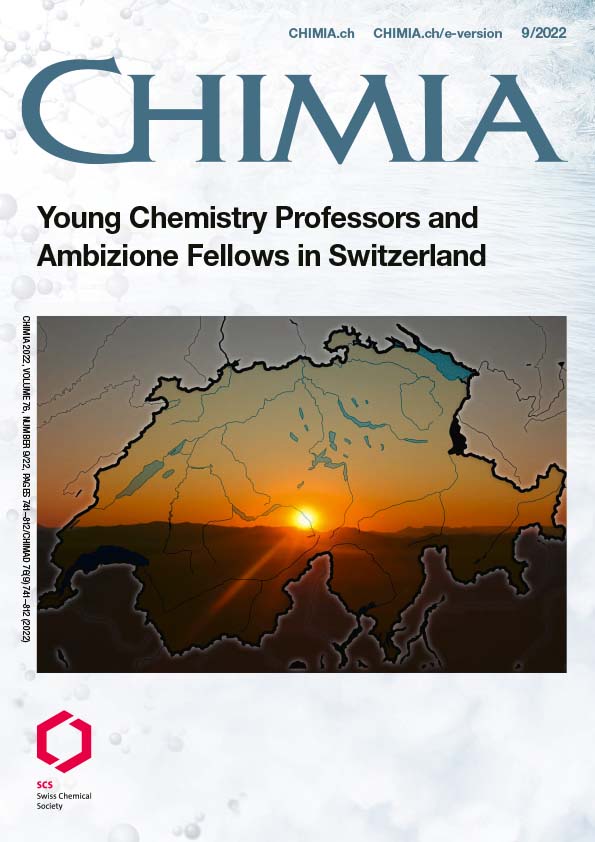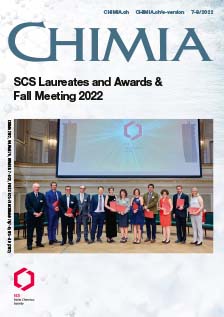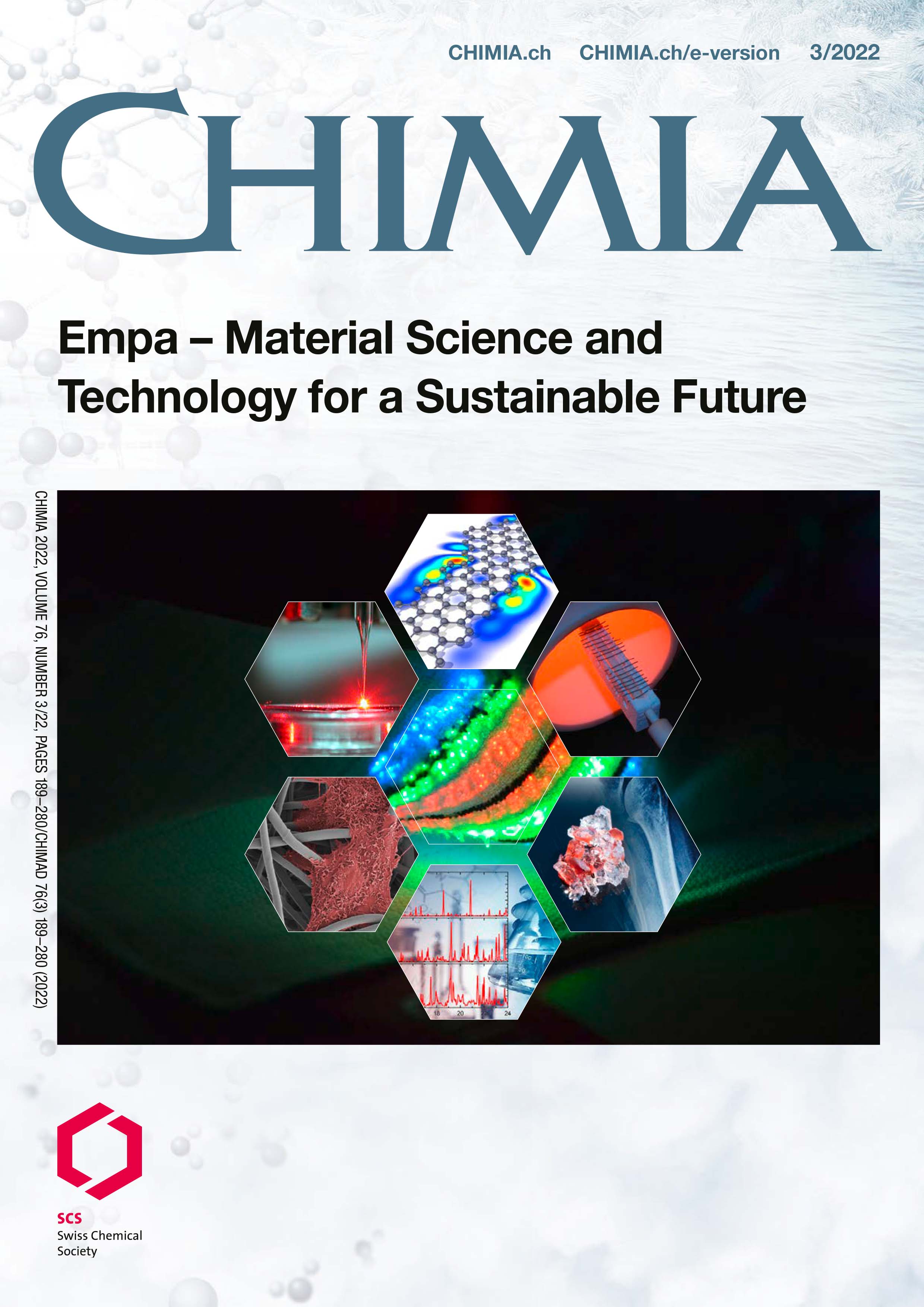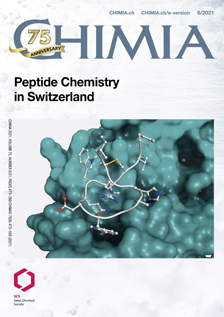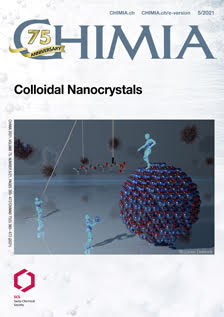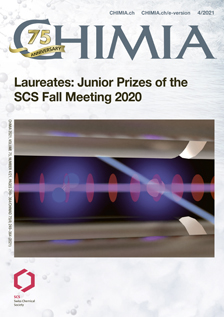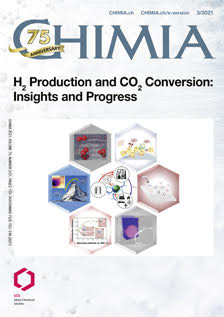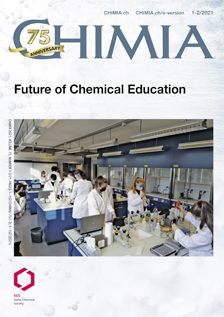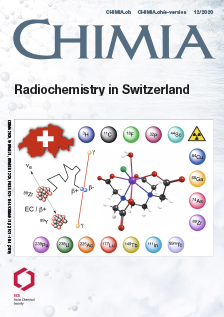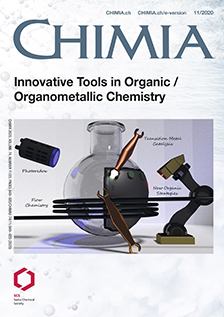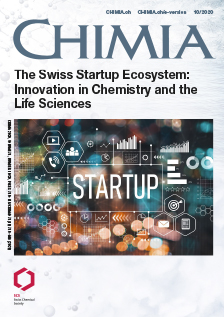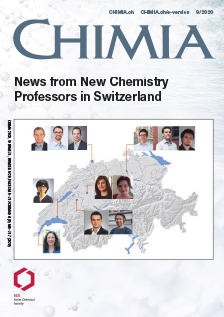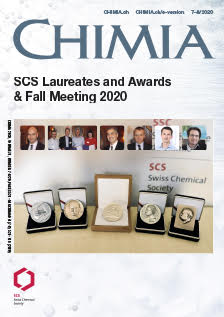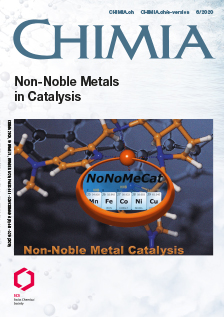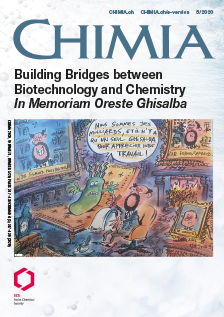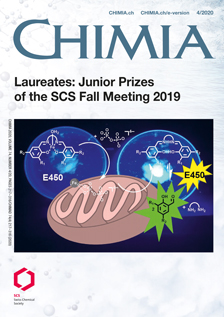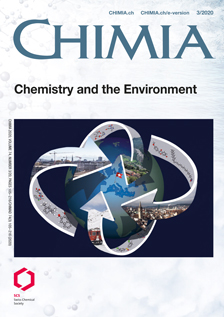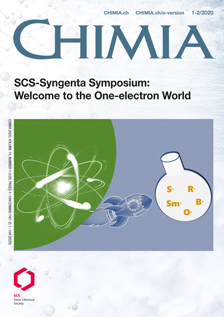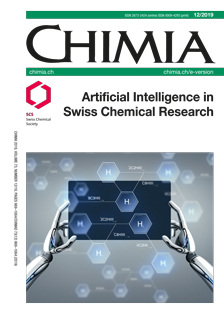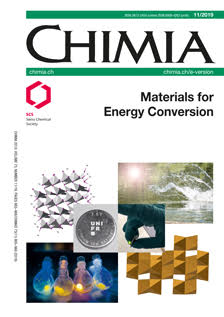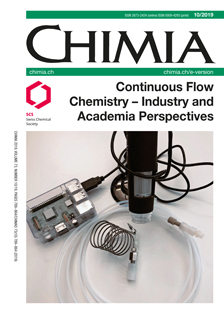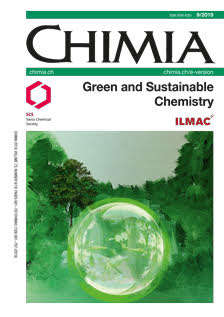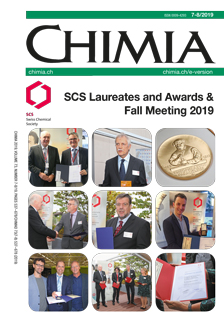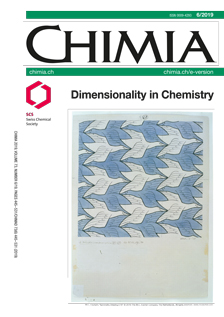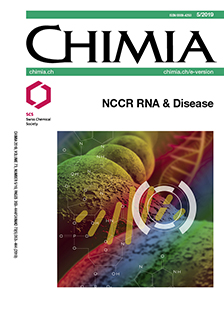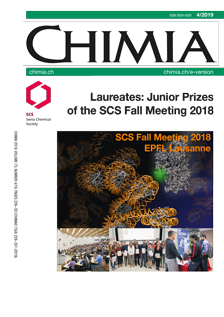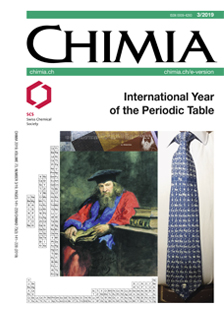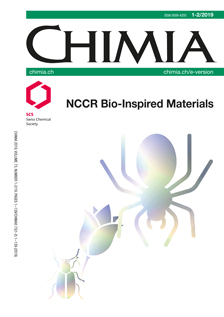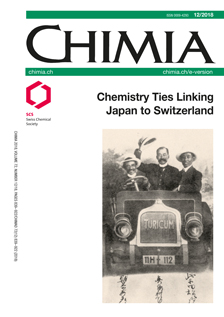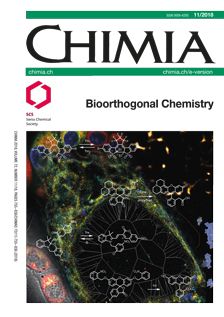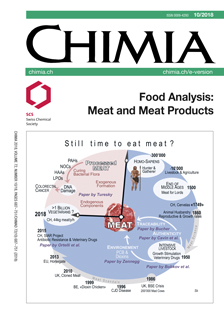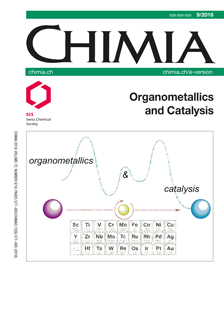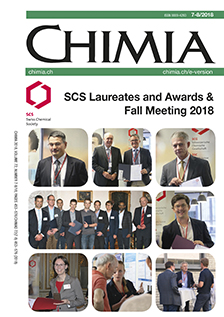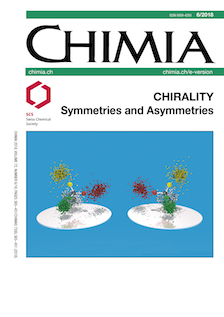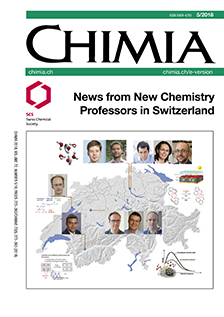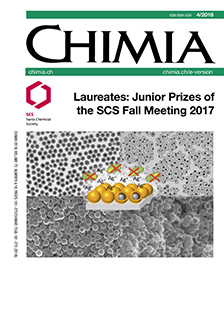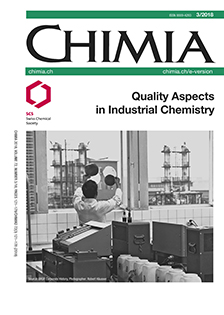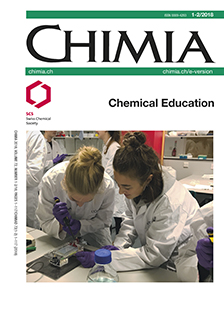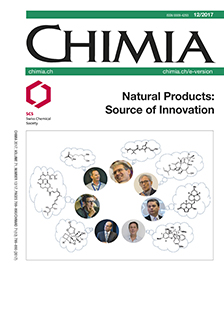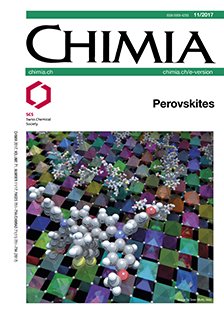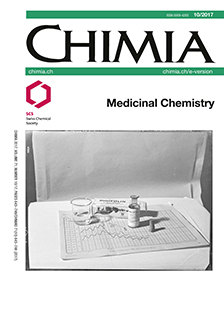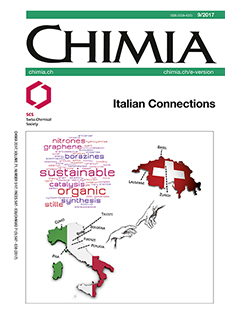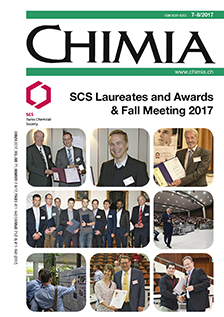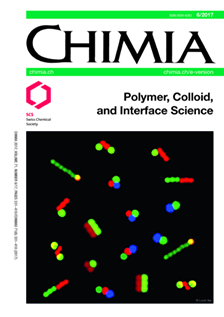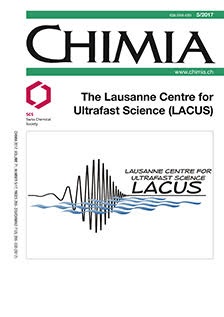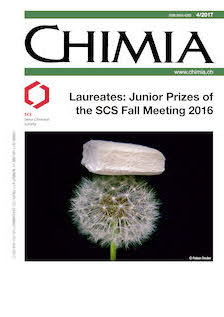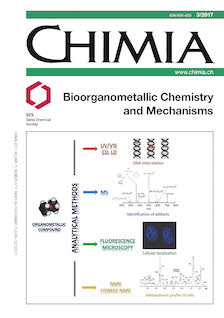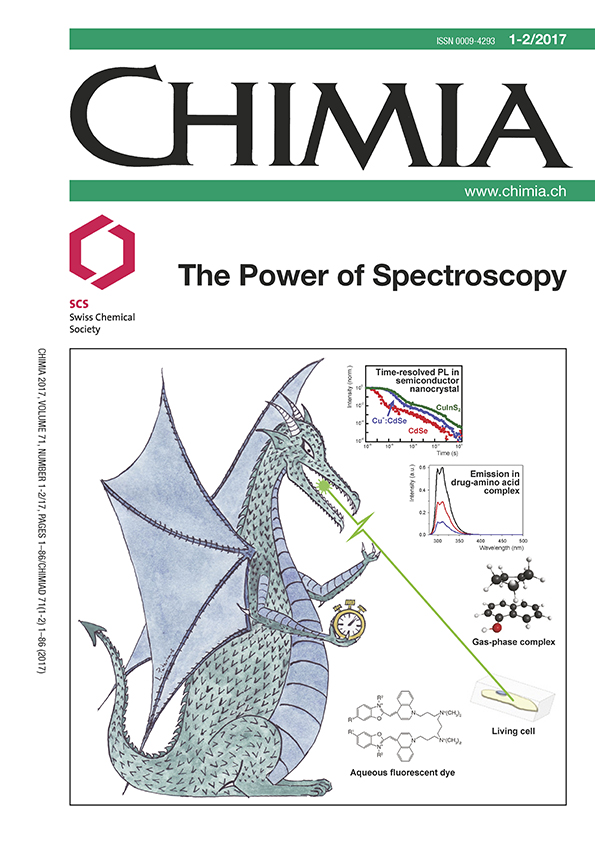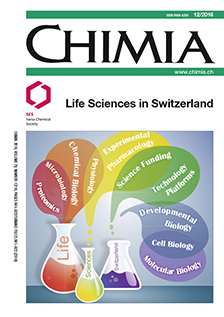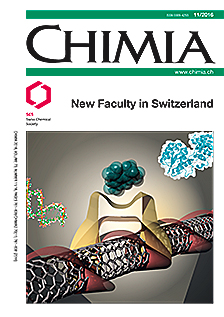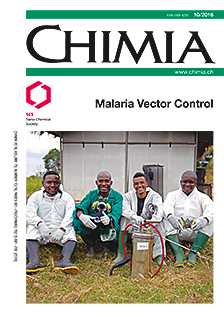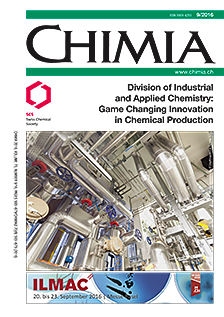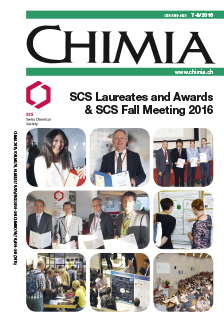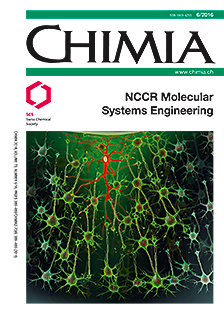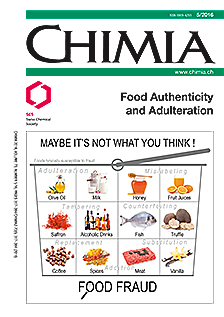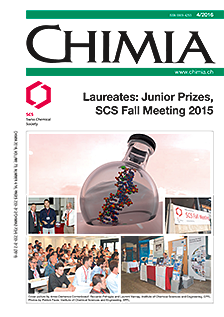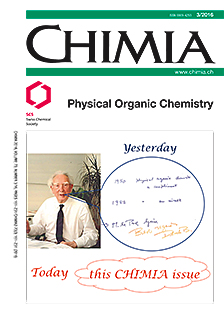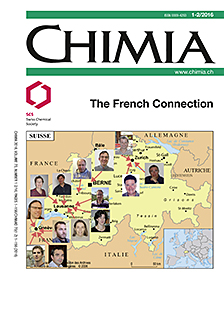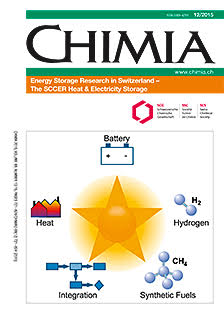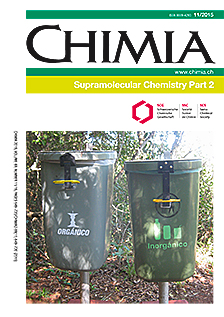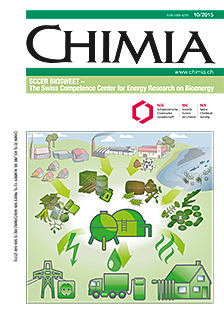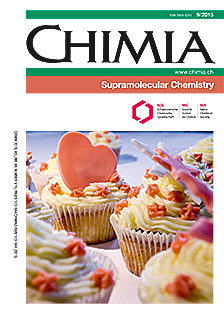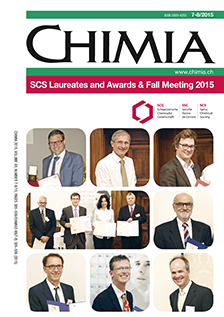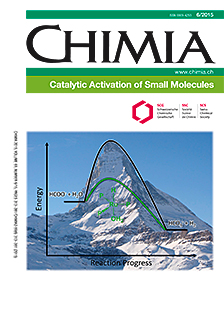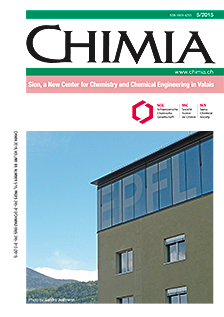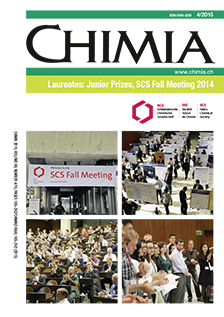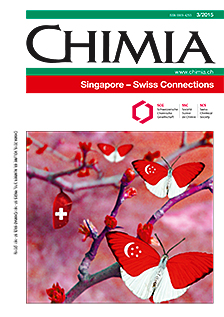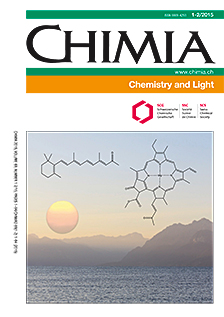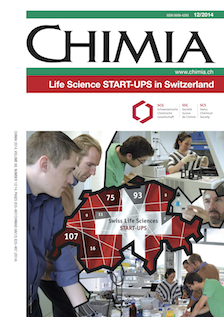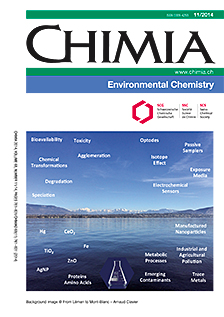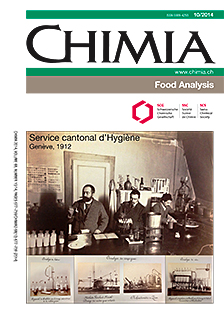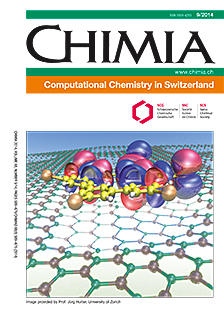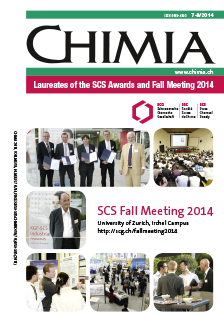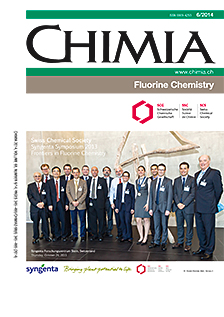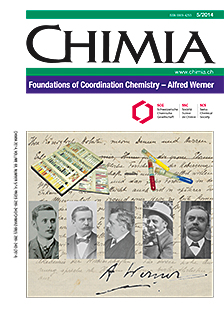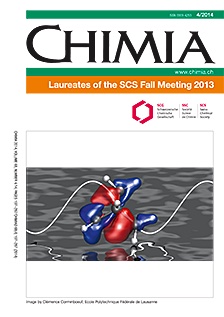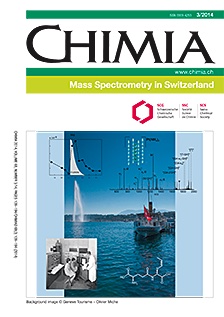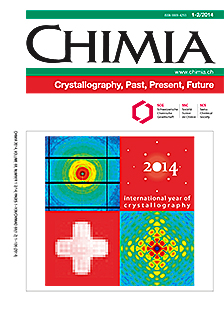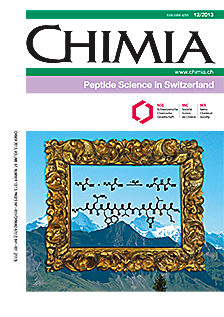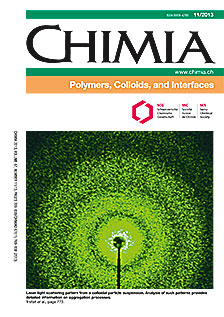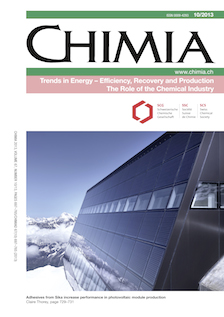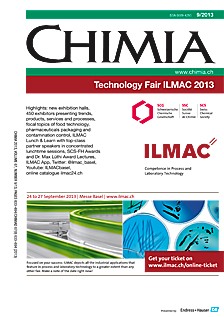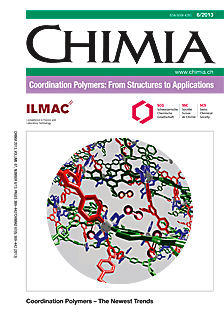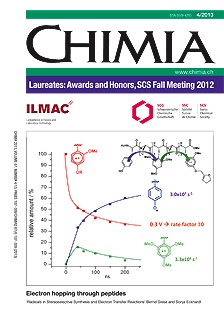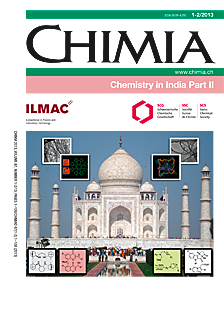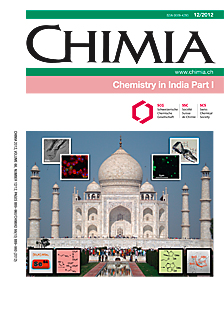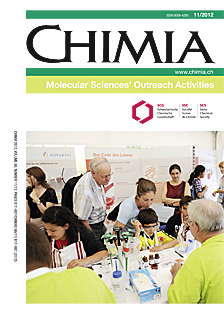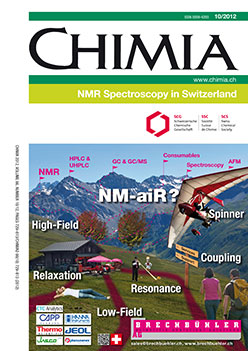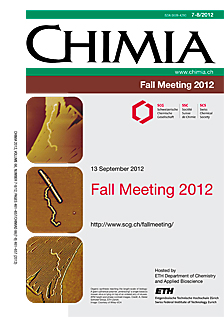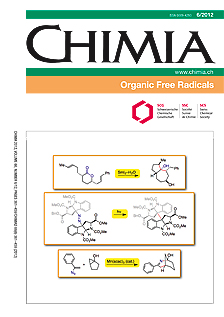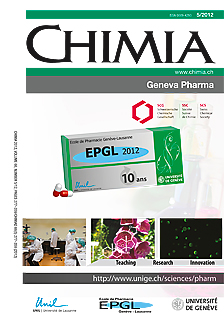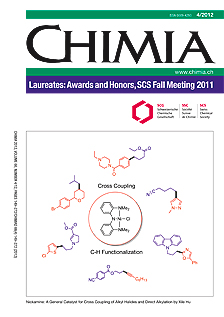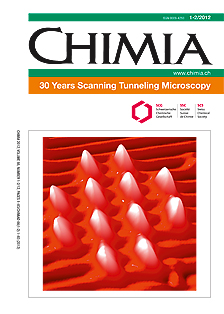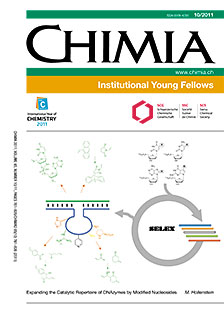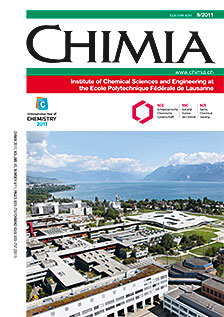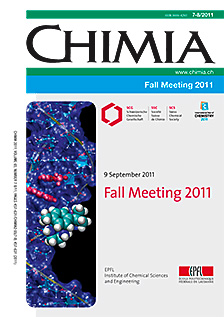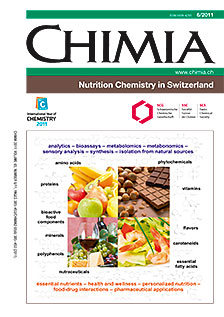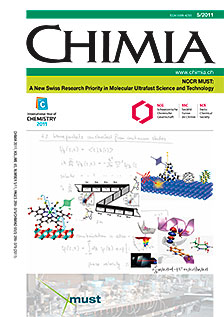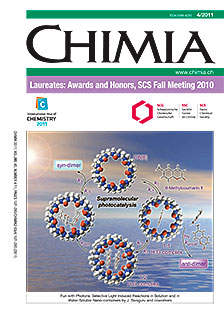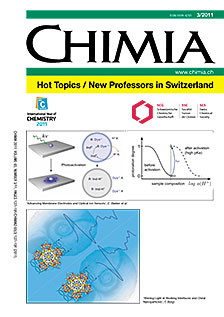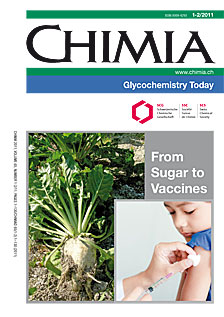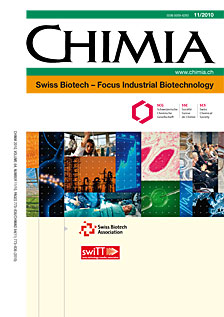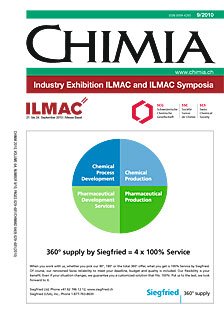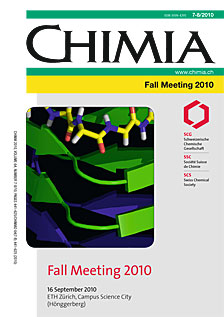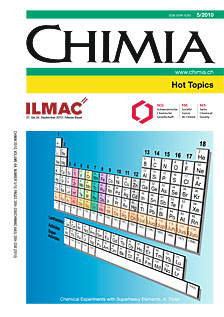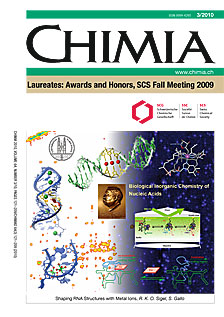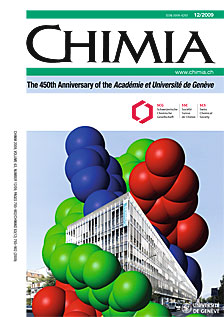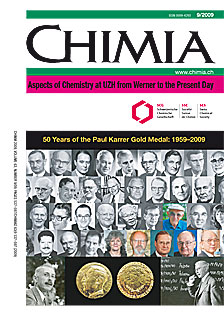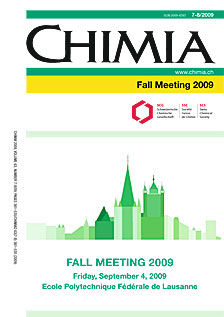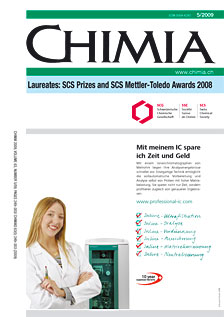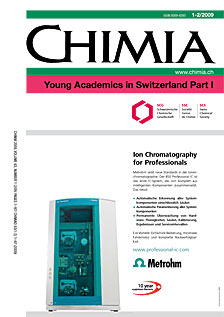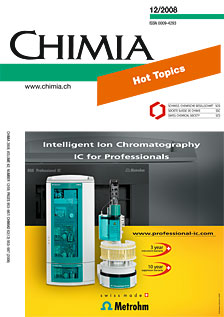Archives
2025
-
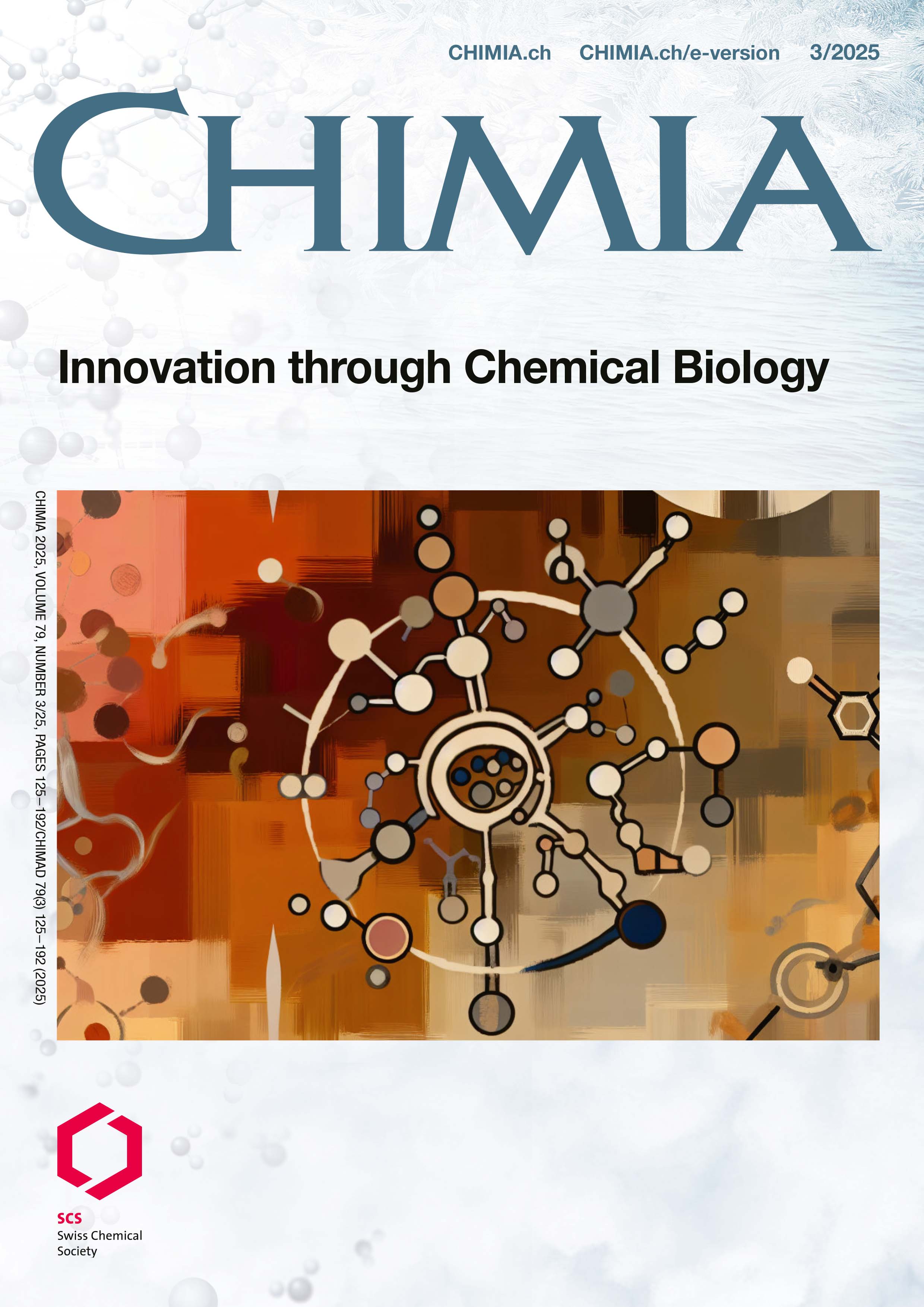 Innovation through Chemical BiologyVol. 79 No. 3
Innovation through Chemical BiologyVol. 79 No. 3This CHIMIA issue on Innovation through Chemical Biology celebrates 2024 as an outstanding year for Chemical Biology in Switzerland. Numerous events took place throughout the year: DMCCB Symposium, Swiss Summer School in Chemical Biology, Peptide Therapeutics Forum, SCS-Syngenta Symposium and the EFMC International Symposium on Chemical Biology. In this issue we bring together some highlights in Chemical Biology from these various events.
-
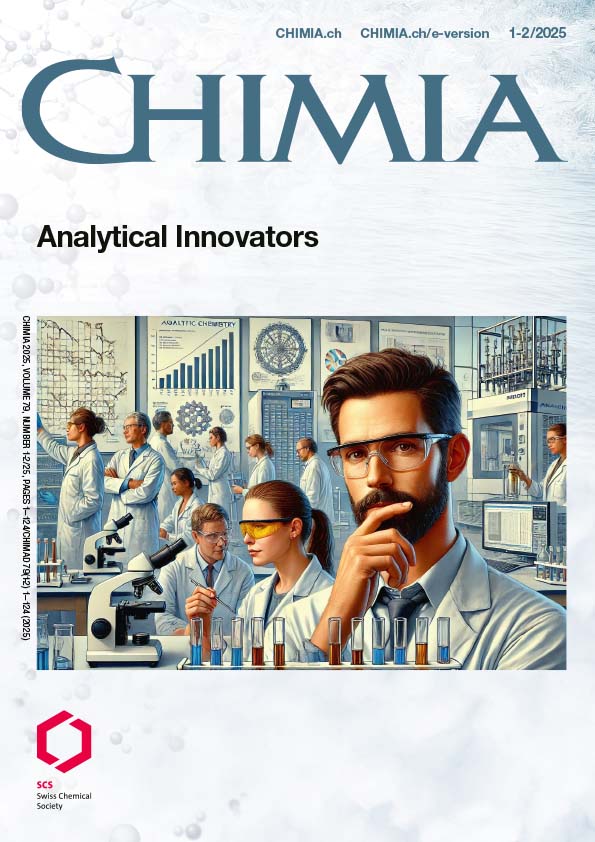 Analytical InnovatorsVol. 79 No. 1-2
Analytical InnovatorsVol. 79 No. 1-2This special issue of CHIMIA organised by the board of the Division of Analytical Science (DAS) of the Swiss Chemical Society highlights the diversity of analytical sciences being performed in Switzerland and beyond. This issue brings together the fundamental and applied areas of analytical sciences being carried out in academia and industrial settings.
2024
-
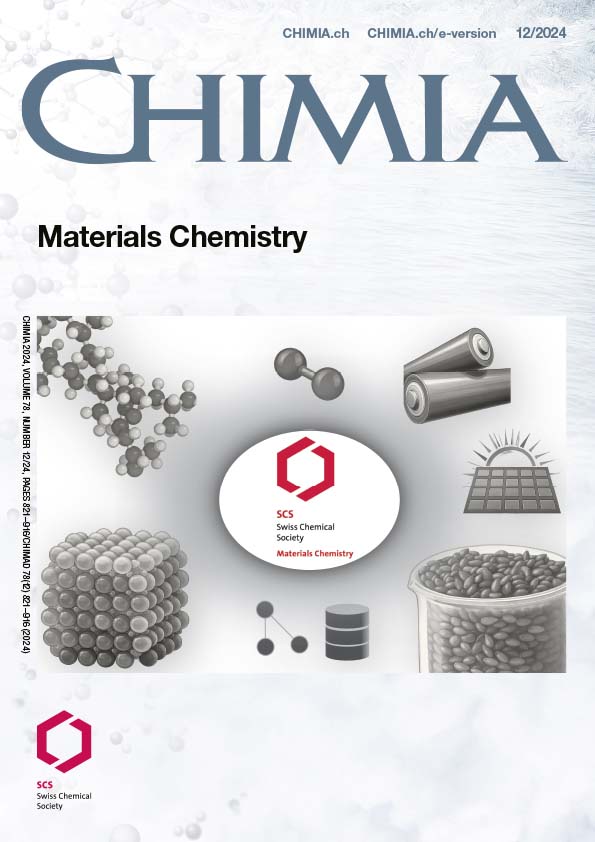 Materials ChemistryVol. 78 No. 12
Materials ChemistryVol. 78 No. 12In January 2024, the new SCS Division of Materials Chemistry (MatChem) was formed by amalgamating the former SCS division for Polymers, Colloids, and Interfaces with the Materials Sciences. This issue of CHIMIA provides an overview of some of the research activities that are being carried out by the research community, from soft materials to materials discovery to energy-storing materials to nanostructures.
-
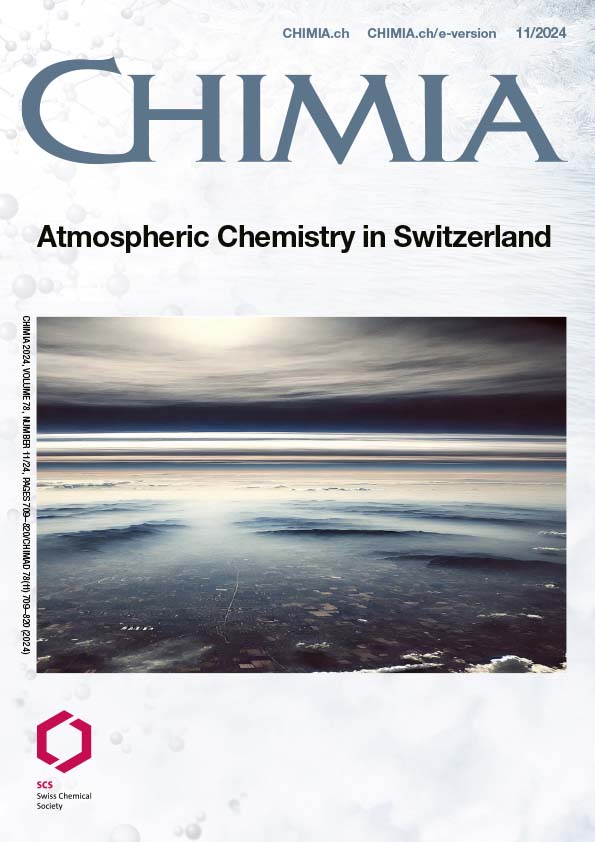 Atmospheric Chemistry in SwitzerlandVol. 78 No. 11
Atmospheric Chemistry in SwitzerlandVol. 78 No. 11Since atmospheric chemistry became an independent research discipline approximately 50 years ago, the community in Switzerland has flourished with players across the whole country. Here we present some articles that showcase state-of-the-art research on Atmospheric Chemistry in Switzerland.
-
 ERC & SNSF-ERC Funded Research 2019-2023Vol. 78 No. 10
ERC & SNSF-ERC Funded Research 2019-2023Vol. 78 No. 10Swiss National Science Foundation (SNSF) and the European Research Council (ERC) are two of the main funding sources for the academic chemical sciences in Switzerland. Their support over the years at different levels of academic life has helped develop and strengthen academic research in Switzerland and beyond. Here we highlight just a fraction of the research that is taking place under the ERC & SNSF-ERC funding from 2019-2023.
-
 Scientific Integrity: Added Constraint or Best Practice?Vol. 78 No. 9
Scientific Integrity: Added Constraint or Best Practice?Vol. 78 No. 9This issue of CHIMIA is devoted to scientific integrity, with a particular emphasis on chemistry. Recent incidences of high-profile figures contesting scientific findings in order to boost their own agenda in areas such as human health; worldwide pandemics; climate change and the impact of artificial intelligence on society highlight how “Fake News” is given credibility boosted by examples of scientific misconduct that open the door to questions about the integrity of scientists and their research. Research integrity is an issue for all scientists who should embrace the promotion of best practices in their own disciplines.
-
 SCS Major Awards / SCS Fall Meeting 2024Vol. 78 No. 7-8
SCS Major Awards / SCS Fall Meeting 2024Vol. 78 No. 7-8Each year the Swiss Chemical Society awards prizes to excellent chemical scientists active in the Swiss chemical community. The prize winners are invited to write an article for CHIMIA describing their award-winning work. Dr. Eric Eichhorn and Dr. Fridtjof Schroeder et. al. received the Sandmeyer Award 2023 for their work on sustainable (-)-Ambrox production. The Distinguished Senior Industrial Science Award 2023 was given to Alain De Mesmaeker who summarises, in his article, some of the aspects of his research over the years. Dr. Robin A. Fairhurst received the Senior Industrial Science Award 2023 for his work on the β2-adrenoceptor receptor. The Industrial Science Awards 2023 were awarded to Dr. Uwe Grether and his team for their work on the endocannabinoid system and to Dr. Tomas Smejkal and his team for their work on Ir-catalysed C-H borylation. The Grammaticakis-Neumann Prize 2023 was awarded to Dr. Lea Nienhaus for her work on exploring sensitized photon upconversion. Dr. Michael A. Stravs was awarded the METAS Award 2023 for his work on computational mass spectrometry from references spectra to deep learning.
This issue also contains the program and information about the Swiss Chemical Society Fall Meeting, September 5th, 2024.
-

This issue of CHIMIA focuses on Sustainable Development Goals in Chemistry In Switzerland. The 17 Sustainable Development Goals as defined by the United Nations provide a framework to address some of the most pressing global challenges, from rising inequalities to economic growth and environmental impact. A range of approaches that are being taken throughout Switzerland in chemistry-related fields and organisations are described with the aim of fulfilling the commitments of the 2023 Agenda for Sustainable Development.
-
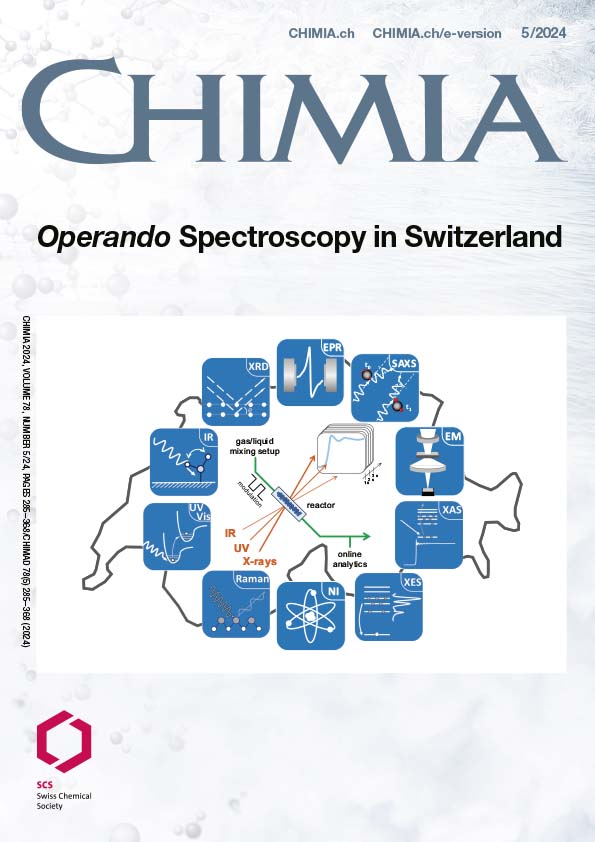 Operando Spectroscopy in SwitzerlandVol. 78 No. 5
Operando Spectroscopy in SwitzerlandVol. 78 No. 5This issue of CHIMIA highlights some of the research currently being undertaken at various facilities across Switzerland that utilises operando spectroscopy for the identification of active structures within solid catalysts. This allows the correlation of the active structure with the kinetic parameters of the reactions which can aid in the design of more efficient catalysts.
-
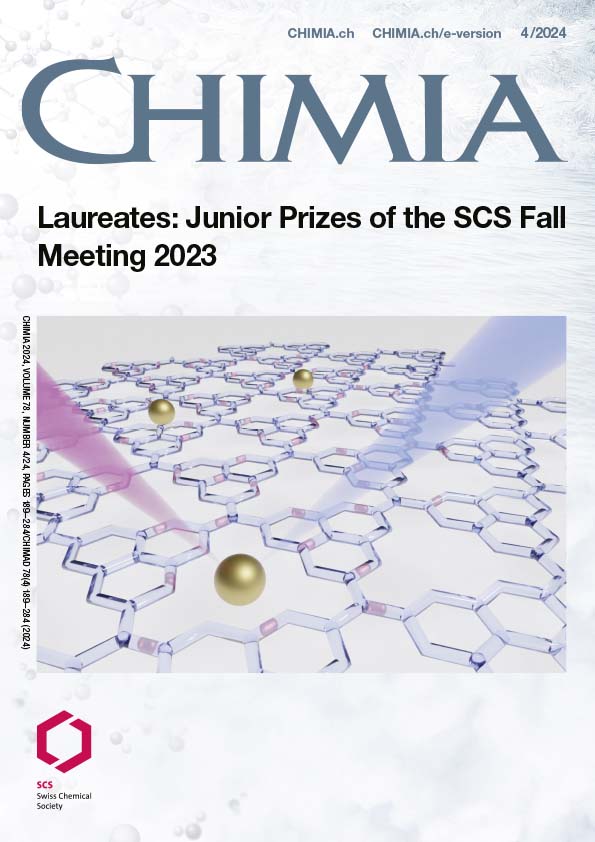 Laureates: Junior Prizes Fall Meeting 2023Vol. 78 No. 4
Laureates: Junior Prizes Fall Meeting 2023Vol. 78 No. 4In this Junior Laureates Issue of CHIMIA, fourteen recipients of the best oral and the best poster presentation awards at the Fall Meeting 2023 of the Swiss Chemical Society have taken the opportunity to present their award winning research. For more than a decade, Metrohm (oral communications) and dsm-firmenich (posters) have been sponsoring this unique award program.
2023
-
-
-
-
-
-
-
-
-
2022
-
-
-
-
-
-
-
2021
-
-
-
-
-
-
-
-
-
-
2020
-
-
-
-
-
-
-
-
2019
-
-
-
-
-
-
-
-
-
2018
-
-
-
-
-
-
-
-
-
-
2017
-
-
-
-
-
-
-
-
-
-
2016
-
-
-
-
-
-
-
-
-
2015
-
-
-
-
-
-
-
2014
-
-
-
-
-
-
-
-
-
-
2013
-
-
-
-
-
-
-
-
-
2012
-
-
-
-
-
-
-
-
-
-
2011
-
-
-
-
-
-
-
-
-
2010
-
-
-
-
-
-
-
-
-
2009
-
-
-
-
-
-
-
2008
-
-
-
-
-
-
-
-
-
-
2007
-
-
-
-
-
-
-
-
-
2006
-
-
-
-
-
-
-
2005
-
-
-
-
-
-
-
-
-
-
2004
-
-
-
-
-
-
-
-
-
-
2003
-
-
-
-
-
-
-
-
-
2002
-
-
-
-
-
-
-
-
2001
-
-
-
-
-
-
-
2000
-
-
-
-
-
-
-
-
1999
-
-
-
-
-
-
-
1998
-
-
-
-
-
-
-
-
1997
-
-
-
-
-
-
-
-
1996
-
-
-
-
-
-
-
1995
-
-
-
-
-
-
-
-
-
-
1994
-
-
-
-
-
-
-
-
1993
-
-
-
-
-
-
-
-
1992
-
-
-
-
-
-
-
-
-
-
1991
-
-
-
-
-
-
-
-
-
-
1990
-
-
-
-
-
-
-
-
-
-
1986
-
-
-
-
-
-
-
-
-
-
-
-
1985
-
-
-
-
-
-
-
-
-
-
-
1984
-
-
-
-
-
-
-
-
-
-
-
-
1983
-
-
-
-
-
-
-
-
-
-
-
-
1982
-
-
-
-
-
-
-
-
-
-
-
-
1981
-
-
-
-
-
-
-
-
-
-
-
-
-
1980
-
-
-
-
-
-
-
-
-
-
-
-
-
1979
-
-
-
-
-
-
-
-
-
-
-
-
-
1978
-
-
-
-
-
-
-
-
-
-
-
-
-
1977
-
-
-
-
-
-
-
-
-
-
-
-
-
1976
-
-
-
-
-
-
-
-
-
-
-
-
-
1975
-
-
-
-
-
-
-
-
-
-
-
-
-
1974
-
-
-
-
-
-
-
-
-
-
-
-
-
1973
-
-
-
-
-
-
-
-
-
-
-
-
-
1972
-
-
-
-
-
-
-
-
-
-
-
-
-
1971
-
-
-
-
-
-
-
-
-
-
-
-
-
1970
-
-
-
-
-
-
-
-
-
-
-
-
-
1969
-
-
-
-
-
-
-
-
-
-
-
-
-
1968
-
-
-
-
-
-
-
-
-
-
-
-
-
1967
-
-
-
-
-
-
-
-
-
-
-
-
-
1966
-
-
-
-
-
-
-
-
-
-
-
-
-
1965
-
-
-
-
-
-
-
-
-
-
-
-
-
1964
-
-
-
-
-
-
-
-
-
-
-
-
-
1963
-
-
-
-
-
-
-
-
-
-
-
-
-
1962
-
-
-
-
-
-
-
-
-
-
-
-
-
1961
-
-
-
-
-
-
-
-
-
-
-
-
-
1960
-
-
-
-
-
-
-
-
-
-
-
-
-
1959
-
-
-
-
-
-
-
-
-
-
-
-
-
1958
-
-
-
-
-
-
-
-
-
-
-
-
-
1957
-
-
-
-
-
-
-
-
-
-
-
-
-
1956
-
-
-
-
-
-
-
-
-
-
-
-
-
1955
-
-
-
-
-
-
-
-
-
-
-
-
-
1954
-
-
-
-
-
-
-
-
-
-
-
-
-
1953
-
-
-
-
-
-
-
-
-
-
-
-
-
1952
-
-
-
-
-
-
-
-
-
-
-
-
-
1951
-
-
-
-
-
-
-
-
-
-
-
-
-
1950
-
-
-
-
-
-
-
-
-
-
-
-
-
1949
-
-
-
-
-
-
-
-
-
-
-
-
-
1948
-
-
-
-
-
-
-
-
-
-
-
-
-
1947
-
-
-
-
-
-
-
-
-
-
-
-

